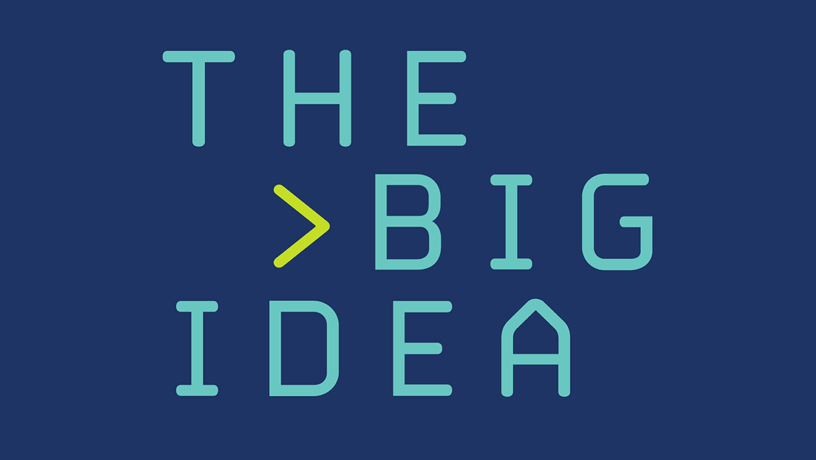Designing a Better World
For Professor Harry West, equity and social justice are design 101

A series of conversations on pioneering research.

Harry West, professor of practice in mechanical engineering and industrial engineering and operations research.

Developed as part of West's Human-centered Design class, a tool that aims to improve safety for women and others traveling in New York.
After 25 years designing top products for the likes of American Express, P&G, and BMW, Harry West joined Columbia Engineering in 2019 as a professor of practice focused on the intersection of design, data, and human behavior. As CEO of frog, senior partner at Prophet, and CEO of Continuum, West’s human-centered approach led to the creation of house-hold names like Swiffer and ThermaCare. Now he’s using his experience to give students not only real-life professional skills but also strategies to help design a better world.
The new course on innovation you’re developing with Professor Sheena Iyengar at Columbia Business School is a great example of really interesting intellectual partnerships you’re creating. Can you talk about how you two set out to push the frontiers of teaching design and innovation?
We’re going to break down the innovation process and make it a very deliberate six-step process that any executive team can follow. We’ve been actively learning from each other how to teach our students to create a new idea.
What I think I’ve taken from Sheena is a better understanding of the needs of students who are new to product design. In working with designers and innovators over the past two decades, I came to take for granted how comfortable they are with things like expressing themselves visually, not needing permission to try out new ideas, and starting with a blank sheet. Sheena’s more systematic method to help people overcome barriers to creation is really valuable.
Where I think I’ve helped Sheena’s model is with being more deliberate about breaking down the human-centered approach. What really are the needs of the customers, consumers, and citizens you are trying to serve?
Such connections just seem to form at Columbia, and some of the most interesting opportunities to further scholarship and education are to be found at these intersections.
Why is it so important to think critically about how we teach design?
I’m really enjoying working with fellow faculty members Lydia Chilton (Columbia Engineering) and Desmond Patton (Columbia School of Social Work) developing a curriculum around the design of social justice. We’re deliberately looking at how economic forces and bias lead to injustice in the ways that design and innovation are managed commercially, and how we can equip our students to push back against that and design for justice.
In a market economy, we don’t design for all humans, we design for humans who can pay, and we’re biased toward humans who can pay more. But if our focus is on designing for justice, then we need to look at other considerations as we’re choosing our customers.
My students want to learn how to design for all people, and we want to alert students to how the subtle pressures they will experience in any job— the economic imperatives, the hidden forces in any commercial endeavor—will nudge you, despite your best intentions, to decisions that may not be completely just. You can be more aware of that process, and we’re here to help prepare you to push back against it when you can.
